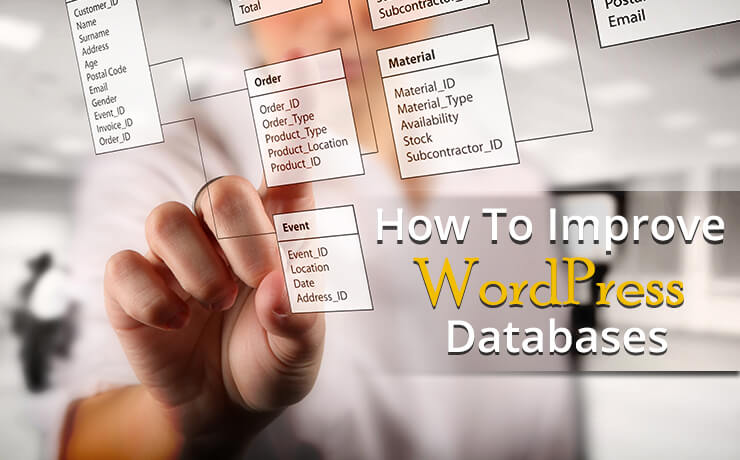How to Improve WordPress Databases

Chad Faith
Director of Content

Like any website out there, one of the key goals is to provide a page that is free from lag and one that responds swiftly to queries. Unfortunately, over time, your WordPress database might be the reason why your site is experiencing performance issues. This can occupy too much memory space and result in an unimpressive user experience.
It is important to note that in order to optimize your database, regular maintenance is a necessity. During maintenance, optimization is done by getting rid of unwanted and unnecessary data while fixing any inconsistencies in your WordPress database. If you happen to continue facing difficulty in these areas, feel free to work with SmartSites for better WordPress development. Alternatively, there are other option such as website maintenance that can also help you optimize your site.
The Importance of Backing Up
Before even starting to optimize your database, it is first imperative to create a backup. This acts as a failsafe because if anything crashes, you can be assured that your data is safe. At the very least you will be able to access a previous version of your site. There are a variety of ways to go about backing up your WordPress database but here are the most popular methods.
- Use the cPanel in your hosting account to create a full backup.
- Export all the content on your site such as posts or comments using Tools > Export menu in your WordPress admin section.
- Utilize a backup plug-in. This is useful because the plugins allow for customized backups that can suit your needs.
Using phpMyAdmin to Optimize WordPress Database Tables
This useful application allows web developers to access raw databases. You can access phpMyAdmin from the cPanel. Just go to your hosting account and click on the Databases menu. Once you have reached the application, open the database for your WordPress site and select the tables you want to optimize. To save time, you can also use the Check All alternative. After that, in the dropdown list from the Table Maintenance group, select the Optimize Table option. This function reorganizes the storage of your data and improves efficiency.
Using Database Cleanup Plug-ins
In the case where you are unable to access your raw databases or your wp-config file, or if you require more advanced optimization functions, you can also use a cleanup plug-in. Do be aware that it is not advised to use more than one optimization plug-in at the same time as they might counteract.
WP-Optimize
Using this plug-in offered by WordPress, WP-Optimize is widely used to clean databases without prompting in an effective manner. It can also compress your images and cache content on your site. It removes any unnecessary data and optimizes all the MySQL tables. It also runs regularly and shows you any database statistics that might be useful for you to further optimize your site.
Advanced Database Cleaner
This is another plug-in that is free and easy to use. Advanced Database Cleaner is another tool that WordPress offers for your optimization needs. It also helps to remove unnecessary data such as old comments and spam. This application regularly cleans your databases while supporting multisite installs as well.
If you are planning to improve your WordPress databases, SmartSites is more than happy to help. Contact us today for more information!
 Free
Consultation
Free
Consultation Free
Google Ads Audit
Free
Google Ads Audit







